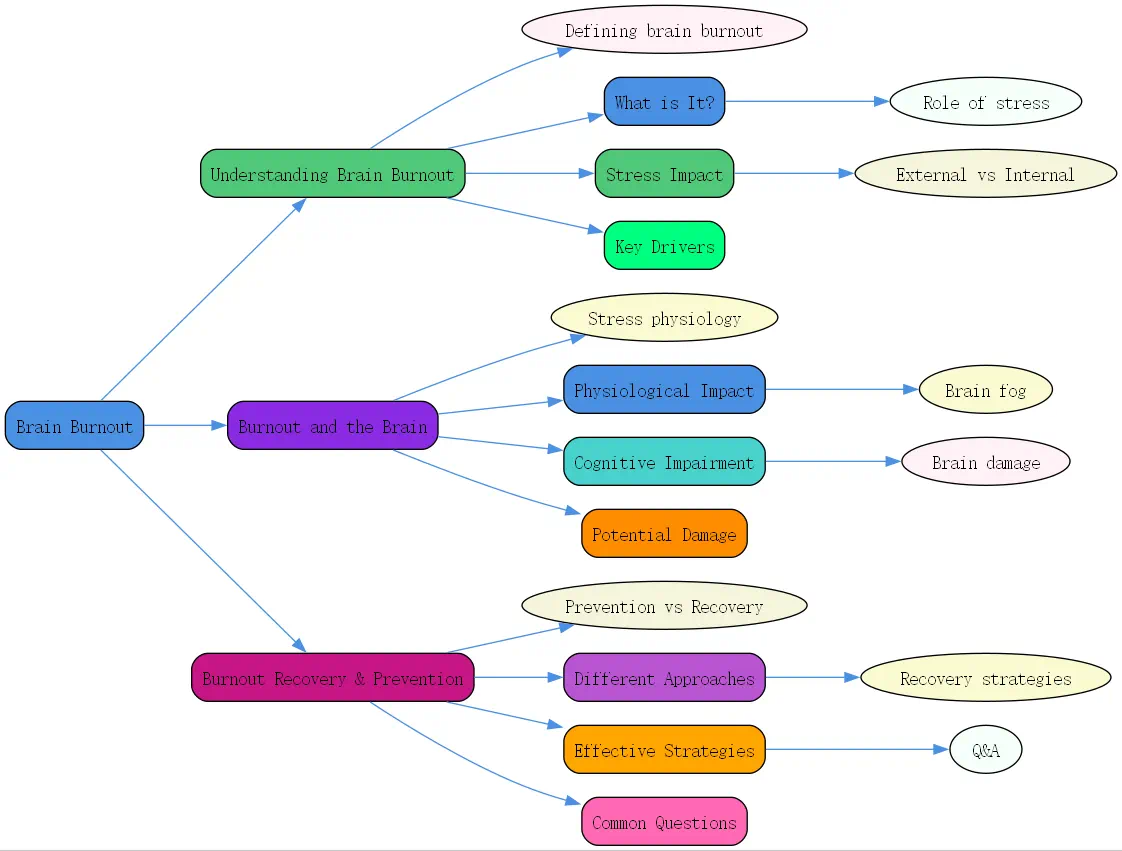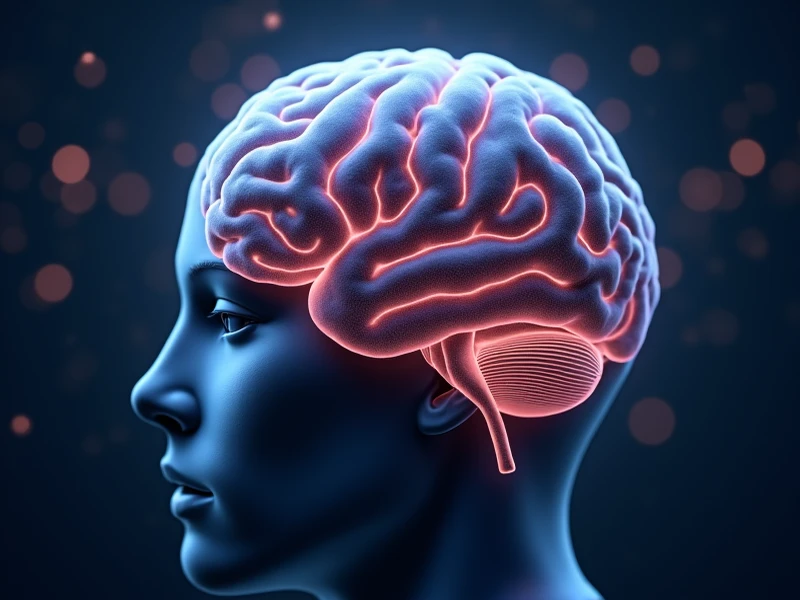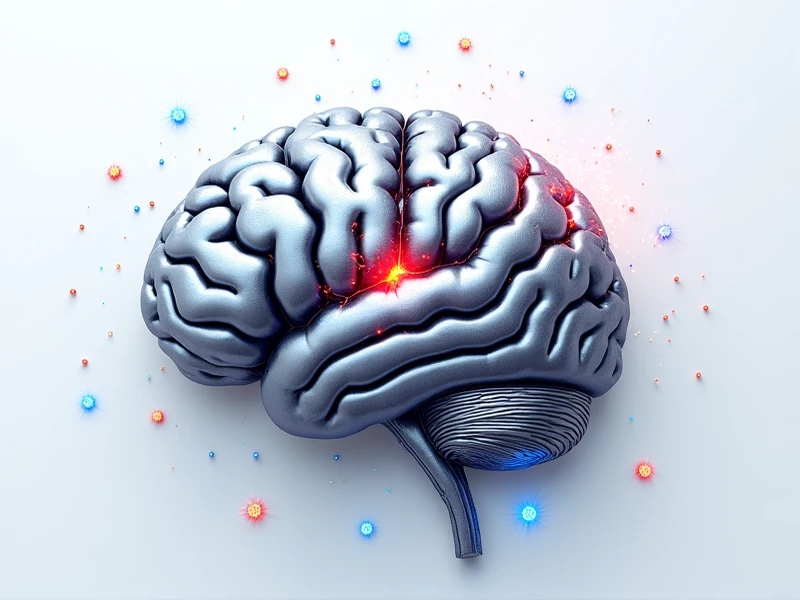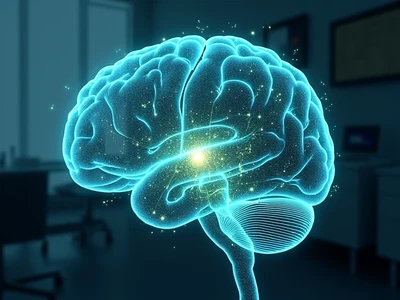Discover the intricacies of brain burnout, including its causes, symptoms, and effective recovery strategies. Learn how to differentiate brain burnout from regular stress and explore prevention techniques.
Understanding Brain Burnout

What is Brain Burnout?
Brain burnout is not just a buzzword—it’s a severe, debilitating condition that manifests as end-stage exhaustion and is considered a chronic illness. Unlike general tiredness or momentary stress, brain burnout accumulates over time, significantly impacting mental health and overall well-being. It has become increasingly prevalent in our fast-paced, high-pressure modern life, where the demands of work, technology, and personal life can overwhelm our cognitive capacities.
The Role of Stress in Brain Burnout
Stress acts as a “”frenemy”” in our lives—it’s necessary to spur us into action but dangerous when unmanaged. In small, manageable chunks, stress can indeed be beneficial, pushing us towards growth and efficiency. However, the modern lifestyle exposes us to incessant stressors that can lead to a chronic state of alert, disturbing our physiological balance. This unrelenting pressure can shift stress from being a motivator to a major health complication.
External vs. Internal Drivers of Brain Burnout
To tackle brain burnout, it’s crucial to discern between its external and internal drivers. External stressors include consistent demands from our jobs, like emails and urgent deadlines, that require immediate attention. On the other hand, internal stressors involve our critical self-assessments and the pressure we place on ourselves to meet often unreasonable expectations. Identifying these drivers allows us to approach them strategically, managing what we can control and mitigating what we cannot.
Burnout and the Brain

The Physiology of Stress and Brain Burnout
When faced with stress, our bodies react by releasing adrenaline and cortisol. These stress hormones are beneficial in short spurts but harmful when their levels remain high for extended periods. Chronic stress can lead to a state of overwhelm, where the body finds it increasingly difficult to return to normal functioning, establishing a harmful cycle of stress response that exacerbates brain burnout.
Burnout Brain Fog
Burnout brain fog is a common symptom of brain burnout, where individuals experience cognitive dysfunctions such as memory issues, lack of concentration, and slowed processing speeds. This mental haze makes everyday tasks challenging and can affect personal and professional life significantly.
Burnout Brain Damage
Prolonged burnout doesn’t just alter brain function—it can lead to more permanent brain damage. Chronic stress can change the brain’s structure and functionality, potentially leading to reduced cognitive capacity and increased risk for mental health disorders like depression and brain fog.
Burnout Recovery and Prevention
The Difference Between Prevention and Recovery
It’s vital to distinguish between burnout prevention and recovery—as conflating the two can lead to ineffective strategies. Prevention involves managing stress proactively, while recovery requires specific interventions to heal from established burnout. Understanding these distinctions ensures that individuals and organizations adopt the right approaches at the appropriate times.
Burnout Recovery Strategies
Creating space in one’s life is crucial for both preventing and recovering from burnout. This can mean setting boundaries around work hours, taking regular breaks, and perhaps most radically, considering sabbaticals. Stepping back from the professional grind allows the mind and body to restore themselves, fostering a healthier approach to personal and professional life.
Q&A Section
Q: What are some immediate steps I can take if I feel overwhelmed by symptoms of brain burnout?

A: 1. Recognize and Accept: Acknowledge that you’re experiencing burnout. Recognition is the first step to recovery. 2. Seek Professional Help: Consulting with a healthcare provider can offer professional insights and tailored strategies. 3. Prioritize Rest: Increasing your rest periods can help alleviate symptoms. 4. Set Boundaries: Clearly define your work and personal life boundaries to reduce stress levels. 5. Consider Lifestyle Changes: Regular exercise, a nutritious diet, and mindfulness practices like meditation can significantly impact your mental health.





